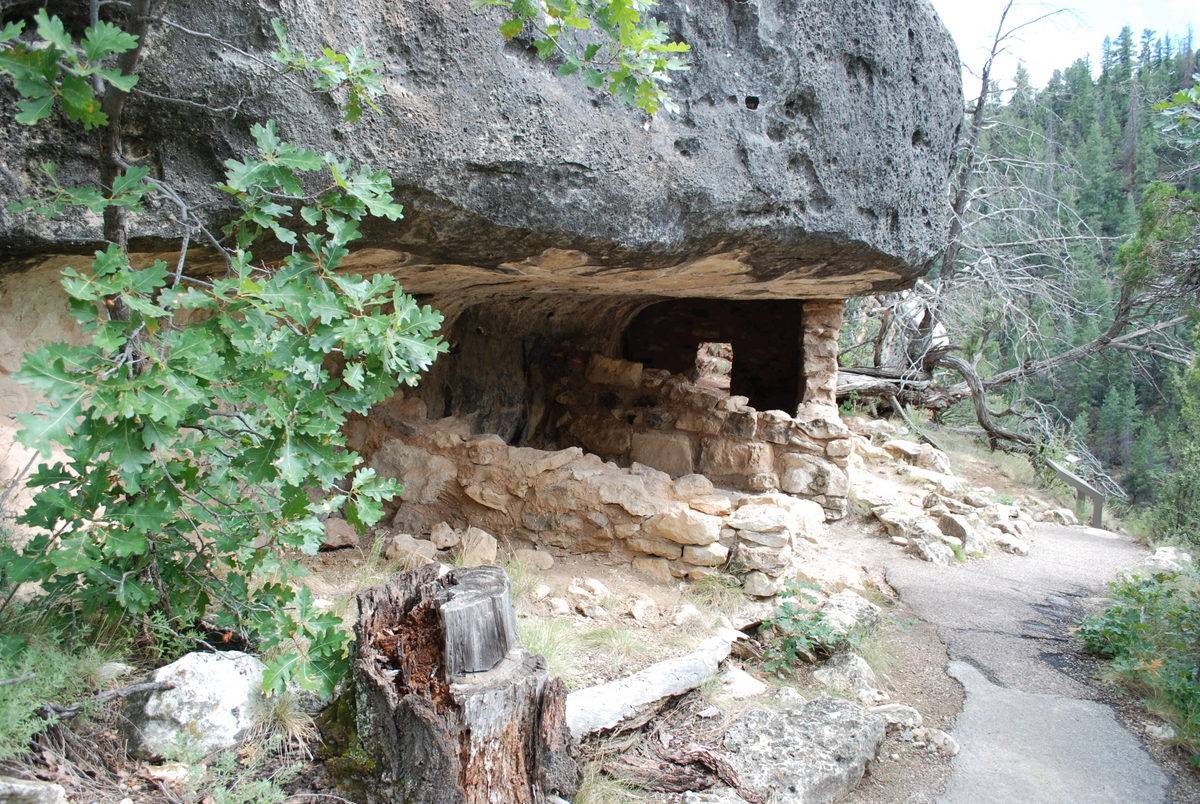Walnut Canyon National Monument: A Testament to the Sinagua Culture
Walnut Canyon National Monument, designated as such by President Woodrow Wilson on November 30, 1915, stands as a significant archaeological site located approximately 10 miles southeast of downtown Flagstaff, Arizona. This monument preserves the ancient cliff dwellings of the Sinagua people, a pre-Columbian cultural group that thrived in the region from around 1100 to 1250 AD. The name “Sinagua” is derived from the Spanish words “sin agua,” meaning “without water,” highlighting the inhabitants’ remarkable ability to conserve water and sustain life in a dry environment.
Get your dose of History via Email
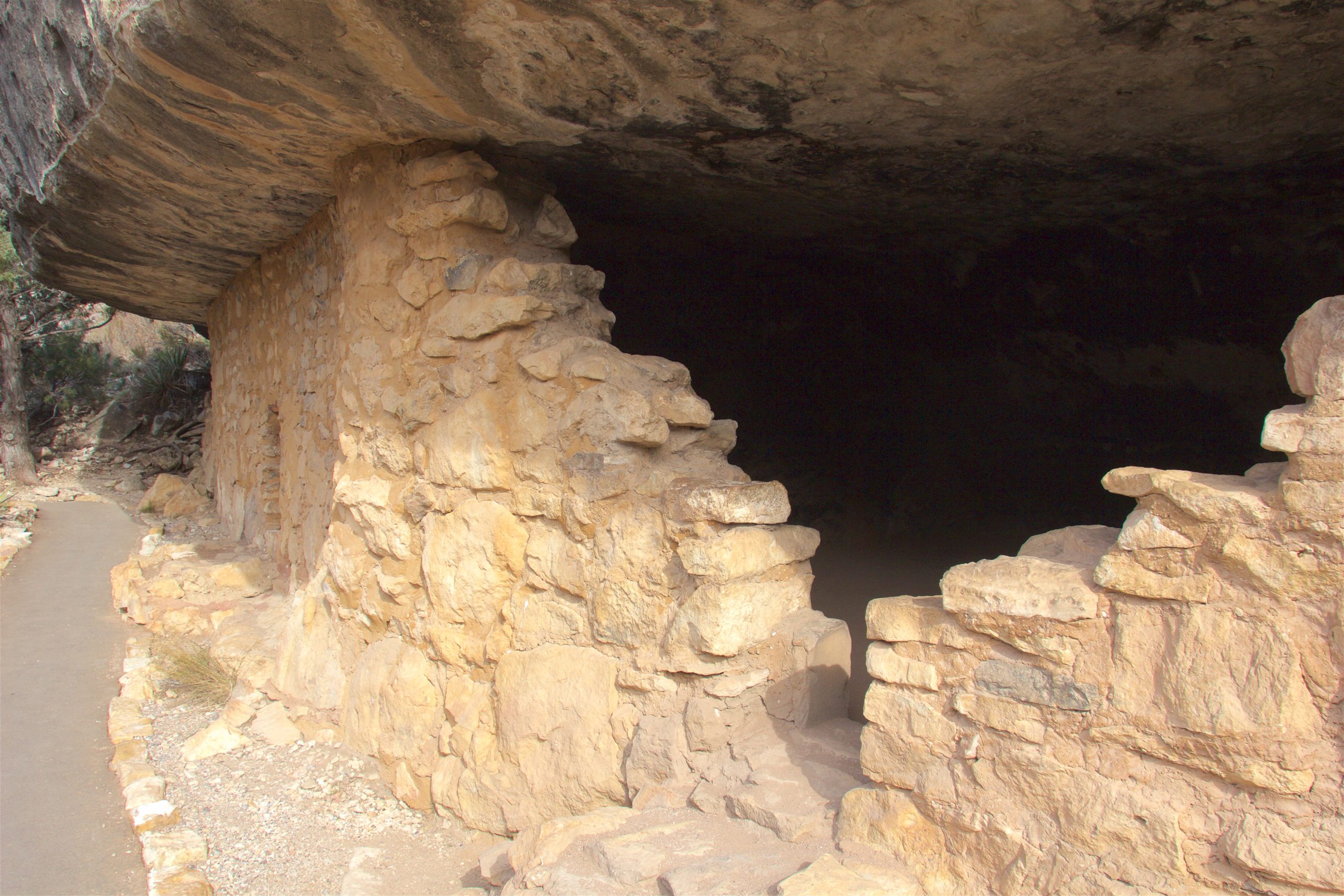
Historical Significance
The Sinagua were adept at managing the scarce water resources available to them and were also known for their extensive trading networks that reached as far as the Gulf of Mexico and Central America. The cliff dwellings in Walnut Canyon, constructed between 1125 and 1250 AD, are a testament to the Sinagua’s architectural ingenuity. These structures were strategically built under limestone ledges to utilize the natural alcoves formed by millions of years of water erosion. The dwellings, primarily located along a 0.9-mile loop trail that descends into the canyon, provided shelter for the Sinagua families. Despite the harsh living conditions, the Sinagua cultivated maize, beans, and squash, demonstrating their agricultural adaptability.
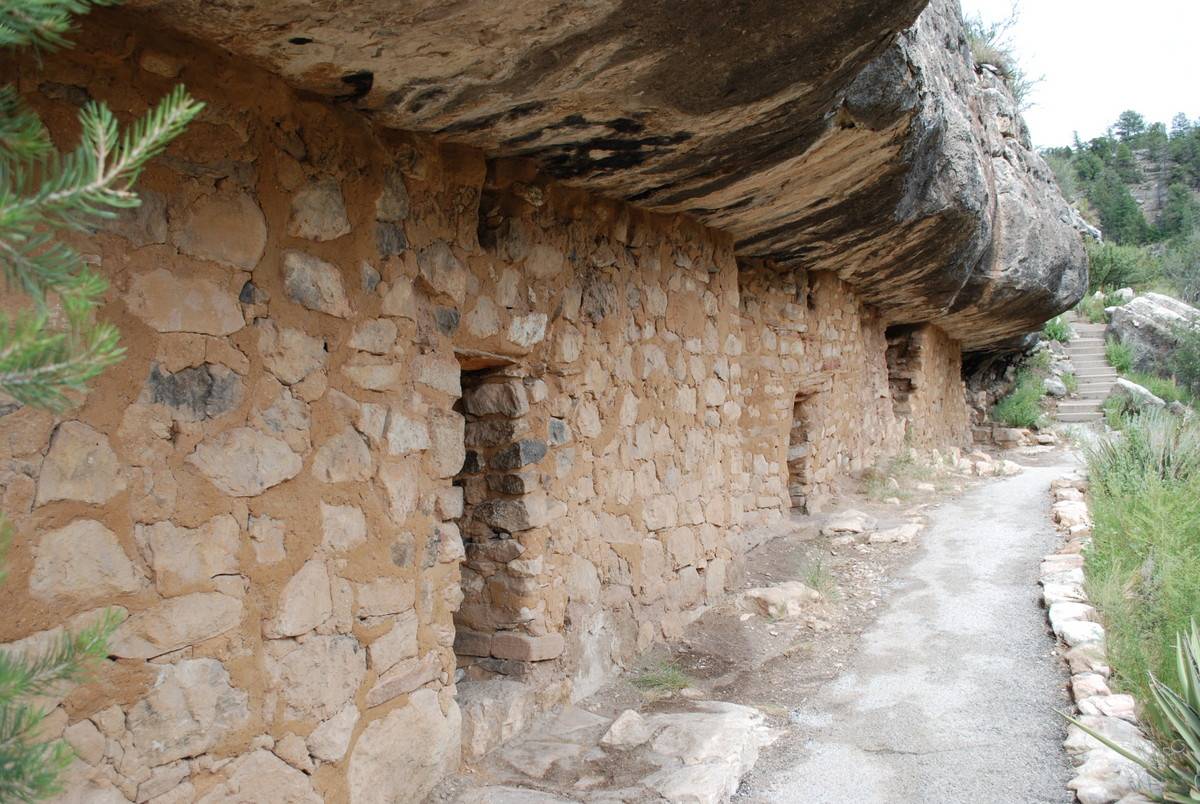
Geology and Ecology
Walnut Canyon cuts through the Permian Kaibab Limestone, revealing underlying layers of the Toroweap Formation and Coconino Sandstone. The canyon’s unique geological formations have created diverse habitats, supporting a wide range of plant species, including the Prickly Pear cactus and the Arizona Black Walnut, after which the canyon is named. The presence of Walnut Creek, which carved the 600-foot-deep canyon, has been crucial for the sustenance of both ancient and current ecosystems.
Climate
The climate at Walnut Canyon is characterized by its variability. Situated at an elevation of 6,690 feet, the monument experiences snow in winter, hot summers with afternoon thunderstorms, and gusty winds in spring. These conditions did not deter the Sinagua, who successfully adapted to the environment, as evidenced by the agricultural remains found in the area.
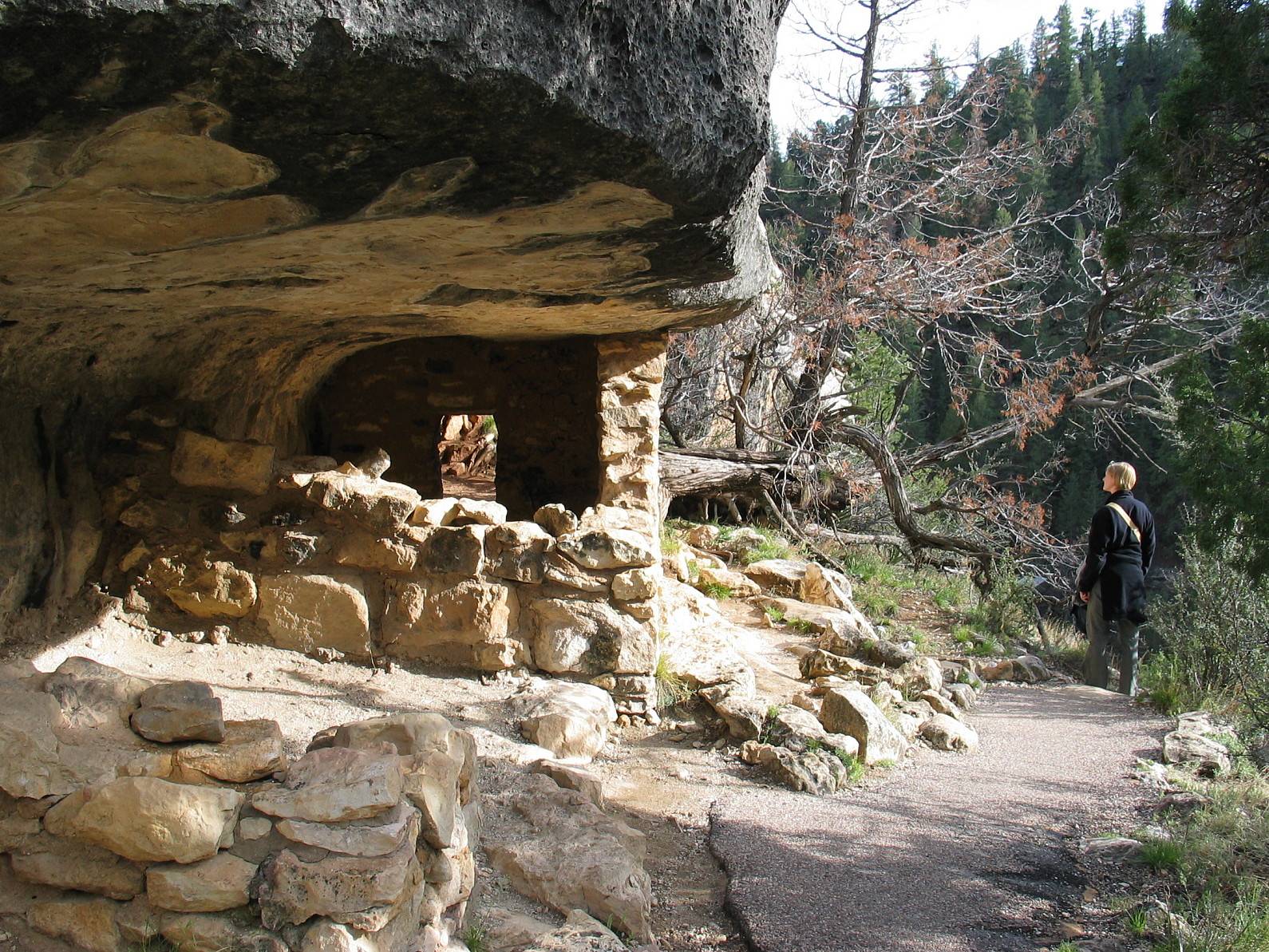
Preservation and Accessibility
Since its proclamation as a national monument, Walnut Canyon has been under the stewardship of the National Park Service, ensuring the preservation of its archaeological and natural resources. The monument, which spans approximately 3600 acres, offers trails that allow visitors to closely observe the cliff dwellings and appreciate the natural beauty of the canyon. The Visitor Center provides educational resources, further enhancing the public’s understanding of the Sinagua culture and the monument’s ecological significance.
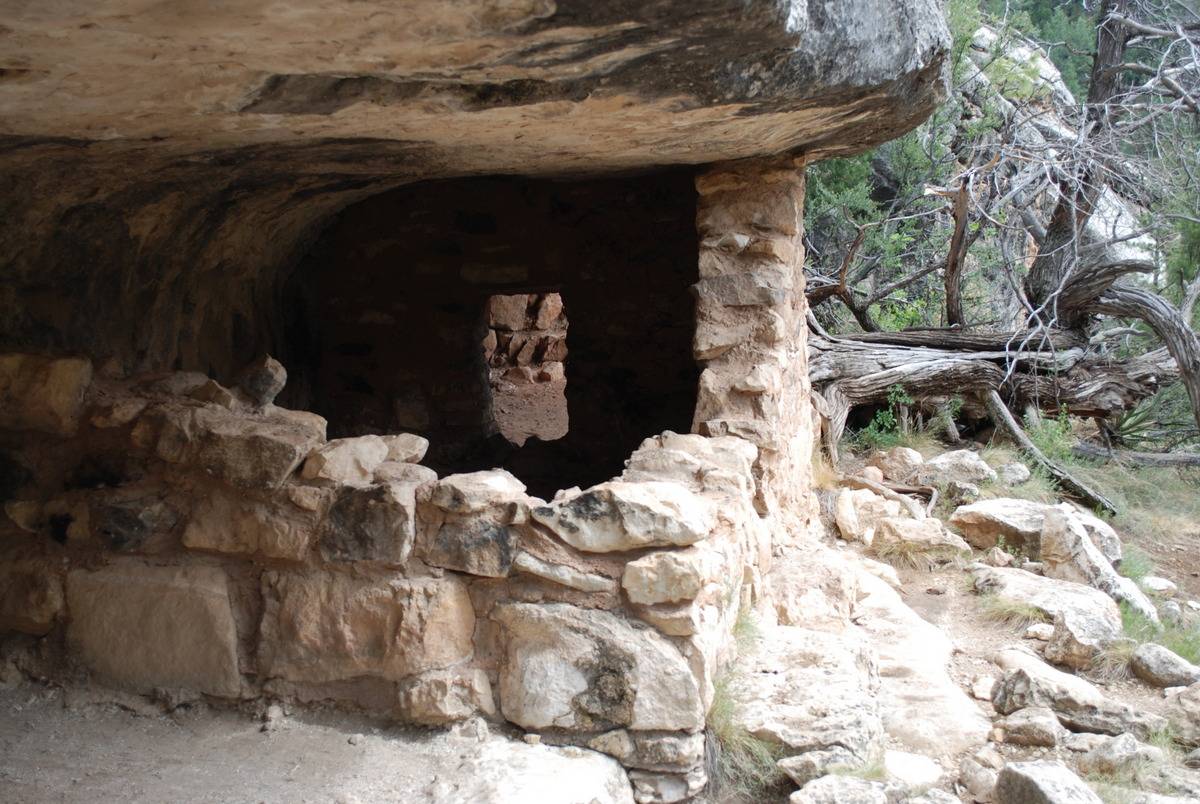
Conclusion
Walnut Canyon National Monument serves as a window into the lives of the Sinagua people, offering insights into their architectural, agricultural, and trade practices. The monument’s rich geological and ecological diversity further adds to its value as a site of historical and natural importance. Through the ongoing efforts of the National Park Service, Walnut Canyon continues to be a place of learning and discovery, preserving the legacy of the Sinagua culture for future generations.
Sources:

